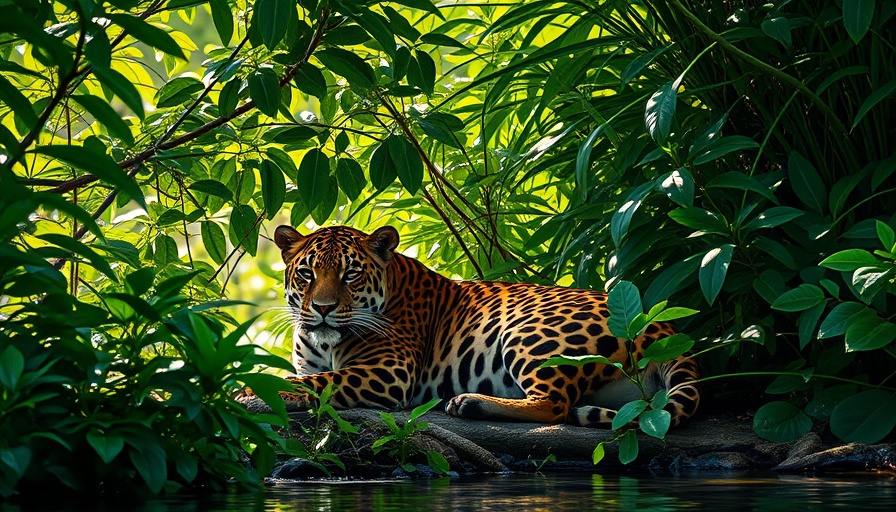
Understanding Jaguar Ecotourism and Its Boom
The Brazilian Pantanal, recognized as the largest wetland in the world, has become a premier destination for nature enthusiasts aiming to witness the majestic jaguar in its natural habitat. For years, locals and authorities have embraced ecotourism as a sustainable way to protect the jaguar population, which has significantly recovered from previous declines due to hunting and habitat loss. However, as excitement grows among tourists, critical issues have emerged that challenge the balance between wildlife conservation and overwhelming tourist influx.
The Impact of Overcrowding on Wildlife
Rafael Chiaravalloti, an environmental anthropologist with extensive research in the Pantanal, highlights the troubling trend of overcrowding at jaguar viewing sites. On peak days, up to 30 boats filled with eager tourists can surround a single jaguar, creating a significant stress factor for these already vulnerable animals. Residents report that jaguars now frequently adjust their natural behaviors, such as hunting and mating, due to increased human presence. Early observations suggest these changes could lead to long-term detrimental effects on both jaguar populations and the tourism experience.
Awareness and Protection Measures
Fortunately, as awareness of the unique ecosystem flourishes, tourists are becoming more educated about sustainable practices. Conservation organizations, including Panthera, are advocating for responsible wildlife viewing regulations, pushing for smaller, guided groups that minimize human impact. This proactive step is crucial to ensure that the Pantanal does not become a victim of its own success, mirroring challenges faced by other global wildlife hotspots.
Local Consequences and the Future of Ecotourism
The human-jaguar interactions are becoming a double-edged sword. Instances of jaguar attacks, while rare, bring fear and could incite a return to retaliatory killings by locals, an alarming trend that conservationists are striving to avoid. As the jaguar population increases, the risk of conflict with human habitation escalates. Experts warn that without immediate action to regulate tourism, the ecotourism model in the Pantanal could become unfeasible, leading to potential habitat degradation and economic challenges for local communities dependent on conservation-driven tourism.
Final Thoughts: Bridging Adventure and Conservation
Travelers, wildlife enthusiasts, and local communities must come together to create a sustainable model that encourages wildlife viewing while respecting the delicate balance of nature. By advocating for initiatives that prioritize conservation alongside tourism, we can help preserve the Pantanal's rich biodiversity while ensuring future generations can experience its wonders. As the Brazilian Pantanal stands on the cusp of crucial ecological decisions, your choices as a visitor can support the preservation of one of nature's most magnificent treasures.
 Add Row
Add Row  Add
Add 




Write A Comment